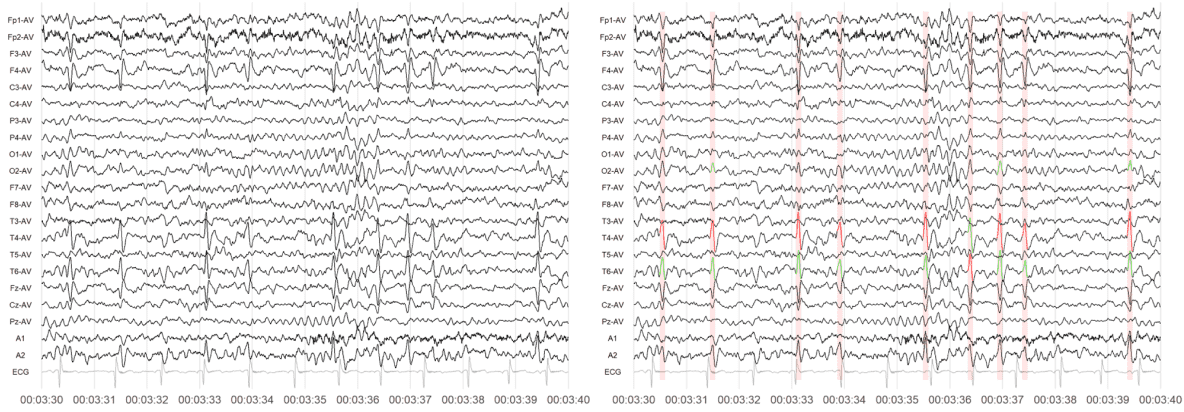Spike/wave discharges are epileptogenic brain abnormalities and serve as crucial biomarkers in epilepsy diagnosis. Traditional scalp EEG analysis relies on expert manual interpretation, which is time-consuming due to the large volume of data and high professional requirements. The high threshold for brain data analysis and long learning curve, combined with a shortage of high-level epilepsy specialists in primary healthcare settings, has led to many epilepsy patients being unable to receive timely diagnosis and treatment, seriously affecting public health. The EEGX Intelligent EEG Analysis Platform aims to provide high-precision automatic spike/wave annotation, accelerating the EEG interpretation process, enabling early screening of EEG abnormalities, and supporting the national strategy of improving medical resource accessibility.



